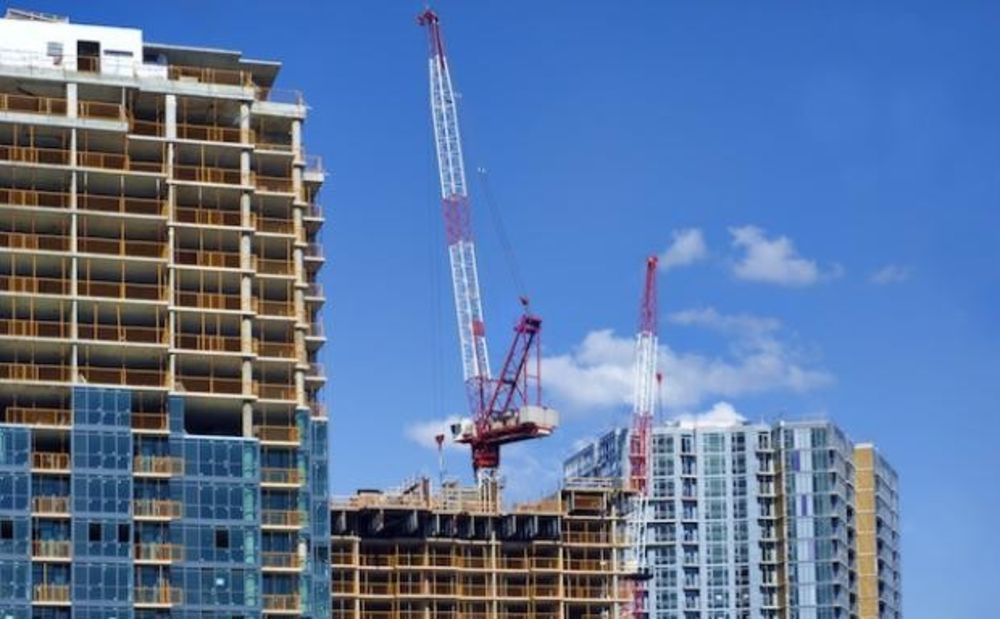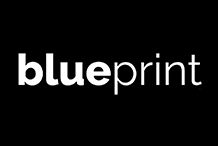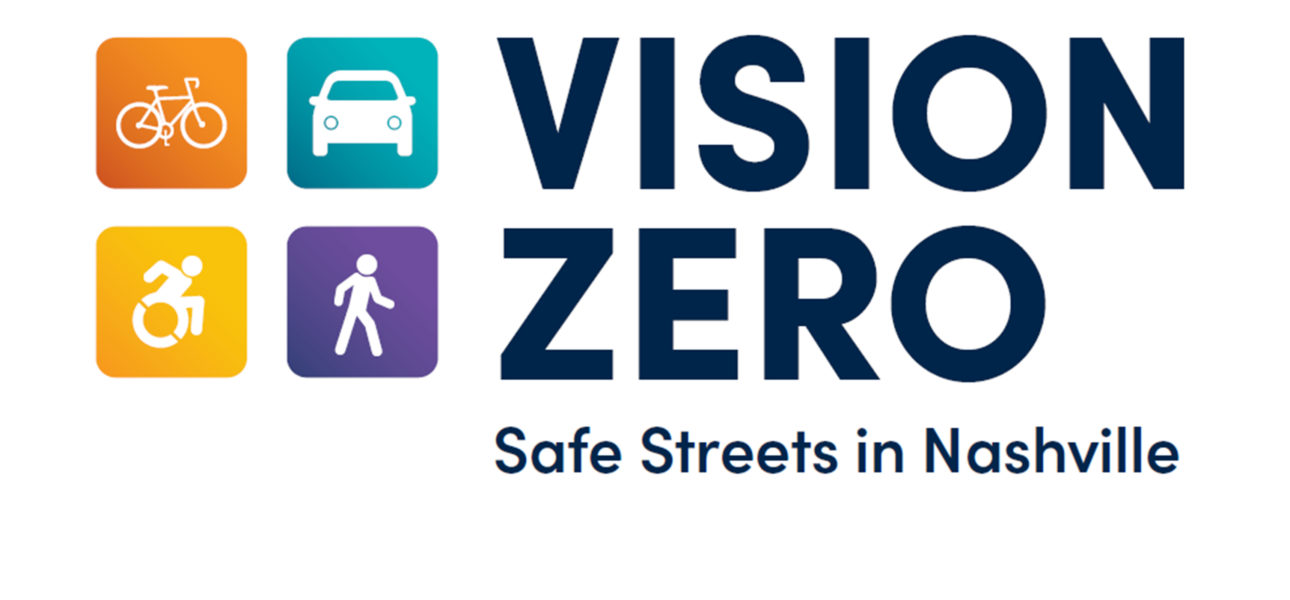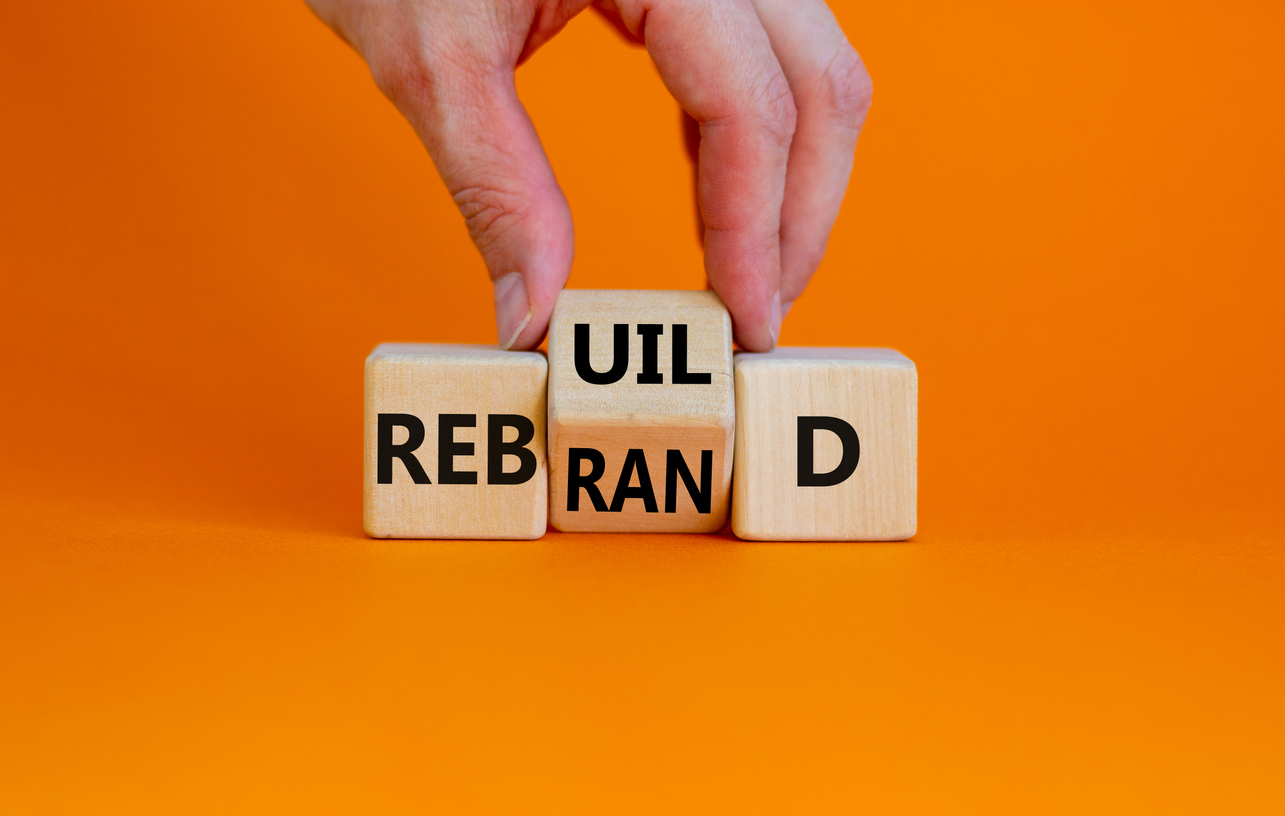
[vc_row content_text_aligment=”left”][vc_column][vc_column_text][mkdf_dropcaps type=”normal” color=”” background_color=””]A[/mkdf_dropcaps]s economic development marketers, our agency coined the term “shadow cities” a couple of years ago as we started doing the work to help redefine often overlooked communities. It’s our term for sub-markets that otherwise have the assets and a solid value proposition that could allow them to compete, but because they sit in the limelight of larger, nearby metros, they often get overlooked for new investments, company expansions, and talent.
So think College Park, GA vs Atlanta. College Park has a master plan to develop Airport City, a 311-acre mixed used development project that surrounds Hartsfield International Airport. Naturally, College Park gets overlooked by site selectors for opportunities that could’ve been a potential fit, such as the Amazon HQ2 search.
So as part of our work on industry recovery and resiliency from the pandemic, we spoke with economic development leaders around the country in a series of “talks”. One of the more interesting discussions we had was with shadow cities who suddenly became in demand as the crisis began to redefine key indicators and trends in economic development.
[/vc_column_text][vc_column_text]
The pandemic’s impact to quality of place is creating opportunities for shadow cities to flourish from a value proposition of affordability, space, and quality of life.
[/vc_column_text][vc_column_text]This quality of life value proposition that so many large metros around the country waved as a banner, that definition is quickly changing from what it meant prior to this pandemic to what this pandemic has exposed. For example, density and the challenge with social distancing. Access to transportation and mobility challenges as it relates to reduced capacity for public transportation. And even mental health and the need for more space.
Previously, the push was towards the urban core and downtown, away from the suburbs. Particularly with millennials, they were moving to communities that offered the traditional definition of quality of life with access to amenities that allowed them to enjoy urban living. What COVID is now showing us is that quality of life means something totally different. And perhaps the data and the trends are going to reveal how people start to re-evaluate what this means to them.
The downside is definitely for communities where cost of living and a long commute makes safe social distancing that much more difficult. But the upside is for those communities who previously could not sell on that type of value proposition are now selling on affordability, space, and peace of mind especially with remote work making it easier to do so.
So we spoke with economic developers in both Albuquerque and Hartford for a more intimate look at how things are already shifting in their communities. Snippets of the talk are summarized below with the full discussion available on our Economic Development Podcast series.[/vc_column_text][vc_empty_space][mkdf_section_title type=”standard” position=”” title_tag=”h2″ disable_break_words=”no” title=”Albuquerque, NM”][vc_empty_space height=”25px”][vc_single_image image=”18469″ img_size=”full”][vc_empty_space height=”25px”][vc_column_text]We asked Annmarie Henton of Albuquerque Economic Development: Why is now Albuquerque’s moment?
Aerospace is something that New Mexico is really on the forefront for. So you’re probably hearing a lot about what Tesla’s up to with SpaceX, and Virgin Galactic is actually here in New Mexico. Then we have Spaceport America located within just an hour or two of the Albuquerque metro area. Facebook also put a data center in our market in the last three years, and Nexflix’s corporate studio is also here.
Our community is so used to doing the work, and we hadn’t necessarily been as good with talking about the work that we do. And because population wise, we’re a relatively small state in comparison to our neighbors such as Arizona, Texas, and Colorado, we find that people don’t hear about New Mexico as often as they do in some of these other more large metropolitan areas. So I think in large part our growth, especially in the last couple years has come from people discovering the amazing assets that already exists here.
How is the pandemic helping to drive the growth in your market?
Since we have among the highest concentration of PhDs and a strong workforce for software development, our talent availability and cost of living will continue to position Albuquerque as an attractive community to live in as remote work becomes a bigger reality.
This pandemic environment has forced people inside to where all of a sudden that 600 square foot apartment gets small pretty quickly. So my personal opinion is that there’s going to be some trauma from that. I think people are going to want to have space so that if we are put back into a remote environment, they’ll want to be in a different place where they can have a quality of life in that setting. Even if we aren’t forced back into stay-at-home orders,, I think this pandemic has also proved to many companies who had to change and really quickly get used to the remote environment if they weren’t already doing so.
So for anyone who’s looking for that more midsize, small city quality of life where you can afford to buy a home and have a yard, and where businesses can get top notch talent, especially with remote opportunities being more accessible these days, this is going to continue to be the kind of place that both businesses and individuals seek out. Mid size and smaller cities such as Albuquerque are absolutely going to be the beneficiaries of the shift back to suburban living.
Annmarie’s full comments can be heard here.[/vc_column_text][vc_empty_space height=”55px”][mkdf_section_title type=”standard” position=”” title_tag=”h2″ disable_break_words=”no” title=”Hartford, CT”][vc_empty_space][vc_single_image image=”18458″ img_size=”full”][vc_empty_space height=”25px”][vc_column_text]In Hartford, it’s a different story. Proximity to two of the top markets in the country is perhaps their biggest value proposition. We asked David Griggs of Metro Hartford Alliance the same question: What’s the momentum like now for Hartford?
In a pre-COVID world, Hartford was losing talent to those two larger metros to the northeast (Boston) and southwest (Manhattan). In a post-COVID world, quality of place will matter even more and rank dead even with quality of life pre-COVID. The pandemic has helped reposition Hartford as a demand product because of the lifestyle and talent that it offers. The silver lining for us is doubling down on the aspects that have traditionally made Hartford.
Which targeted industries in your market do you believe will shine post-COVID?
Hartford’s dominance as an insurance and aerospace hub presents unique opportunities in the shift to remote work. And our proximity to both Boston and New York creates an opportunity for Hartford to become a logistics hub. We are seeing more and more investments in our logistics sector.
David’s full comments can be heard on our podcast.[/vc_column_text][vc_empty_space][mkdf_section_title type=”standard” position=”” title_tag=”h2″ disable_break_words=”no” title=”Economic Development Podcast series”][vc_empty_space height=”25px”][vc_column_text]As economic development marketers, Blueprint Creative launched the podcast series to drive thought leadership and shape best practices as we move towards recovery and resiliency in a post-pandemic world. Throughout the series, leaders discuss the changing dynamics of the economic development industry as a whole and predict the trends that may shift their targeted industries.
The series features economic development leaders from across the country and can be checked out here.[/vc_column_text][vc_empty_space][vc_gallery type=”image_grid” images=”18411,18410,18407,18406,18404,18412,18409,18405,18408,18736″ onclick=”custom_link” custom_links_target=”_blank” custom_links=”#E-8_aHR0cHMlM0ElMkYlMkZ3d3cuYmx1ZXByaW50Y3JlYXRpdmVncm91cC5jb20lMkZlcGlzb2RlJTJGc3VzYW4tZGF2ZW5wb3J0LWdyZWF0ZXItaG91c3Rvbi1wYXJ0bmVyc2hpcCUyQ2h0dHBzJTNBJTJGJTJGd3d3LmJsdWVwcmludGNyZWF0aXZlZ3JvdXAuY29tJTJGZXBpc29kZSUyRmNocmlzLWNodW5nLWVjb25vbWljLWRldmVsb3BtZW50LXBhcnRuZXJzaGlwLW9mLW5vcnRoLWNhcm9saW5hJTJDaHR0cHMlM0ElMkYlMkZ3d3cuYmx1ZXByaW50Y3JlYXRpdmVncm91cC5jb20lMkZlcGlzb2RlJTJGYW5uZW1hcmllLWhlbnRvbi1hbGJ1cXVlcnF1ZS1lY29ub21pYy1kZXZlbG9wbWVudCUyQ2h0dHBzJTNBJTJGJTJGd3d3LmJsdWVwcmludGNyZWF0aXZlZ3JvdXAuY29tJTJGZXBpc29kZSUyRmtpbWJlcmx5LWJyYW5hbS1wcm9zcGVyLXBvcnRsYW5kJTJDaHR0cHMlM0ElMkYlMkZ3d3cuYmx1ZXByaW50Y3JlYXRpdmVncm91cC5jb20lMkZlcGlzb2RlJTJGcmVpZC1kdWxiZXJnZXItbWVtcGhpcy1zaGVsYnktY291bnR5JTJDaHR0cHMlM0ElMkYlMkZ3d3cuYmx1ZXByaW50Y3JlYXRpdmVncm91cC5jb20lMkZlcGlzb2RlJTJGZGF2aWQtZ3JpZ2dzLW1ldHJvLWhhcnRmb3JkLWFsbGlhbmNlJTJDaHR0cHMlM0ElMkYlMkZ3d3cuYmx1ZXByaW50Y3JlYXRpdmVncm91cC5jb20lMkZlcGlzb2RlJTJGa2VubnktbWNkb25hbGQtb25lLWNvbHVtYnVzJTJDaHR0cHMlM0ElMkYlMkZ3d3cuYmx1ZXByaW50Y3JlYXRpdmVncm91cC5jb20lMkZlcGlzb2RlJTJGbWF0dC1odXJsYnV0dC1ncmVhdGVyLXJvY2hlc3Rlci1lbnRlcnByaXNlLTIlMkNodHRwcyUzQSUyRiUyRnd3dy5ibHVlcHJpbnRjcmVhdGl2ZWdyb3VwLmNvbSUyRmVwaXNvZGUlMkZlcmljLWxhcnNvbi1kb3dudG93bi1kZXRyb2l0JTJDaHR0cHMlM0ElMkYlMkZ3d3cuYmx1ZXByaW50Y3JlYXRpdmVncm91cC5jb20lMkZlcGlzb2RlJTJGbGFya2luLXNpbXBzb24tY2VudHJhbC1sb3Vpc2lhbmEtZWNvbm9taWMtZGV2ZWxvcG1lbnQtYWxsaWFuY2U=”][vc_empty_space][/vc_column][/vc_row]
Post a Comment
You must be logged in to post a comment.



